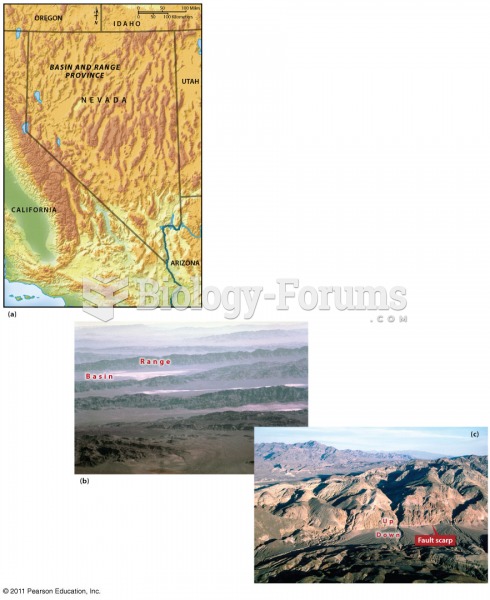Answer to Question 1
The oldest crust is 180 my old, since older rock has been subducted. The oldest rock is located at passive margins (such as the east coast of the U.S.) and at subduction zones.
Answer to Question 2
Each answer will vary depending on location. For example, New York City:
540 million years ago: Part of a continent containing ancestral North America, located south of the equator and rotated 90 degrees clockwise relative to its present day orientation.
430 million years ago: Part of a continent containing North America and Western Europe, located south of the equator and rotated 90 degrees clockwise relative to its present day orientation. There is a mountain range at or near this location.
300 million years ago. Located near the equator as part of Pangaea, ancestral Africa is nearby. Located near the equator. There is a mountain range at or near this location.
150 million years ago. Located near the equator, still part of Pangaea, but within a rift valley near the shoreline as an ocean basin is forming nearby as ancestral Africa splits from ancestral North America. Mafic volcanic activity is occurring.
85 million years ago. Located north of the equator, ancestral North America is still connected to Europe. Located near the shoreline of the Atlantic Ocean. Rocky Mountains to the northwest, subduction zone on the west coast of North America.
45 million years ago. Located north of the equator and near the shoreline of a larger Atlantic Ocean, which now includes the north Atlantic separating Europe from North America.
15 million years ago. Located north of the equator, close to its present-day position. Near the shoreline of the close to full size Atlantic Ocean. Subduction has ceased along much of the California margin to be replaced by the San Andreas transform boundary.







